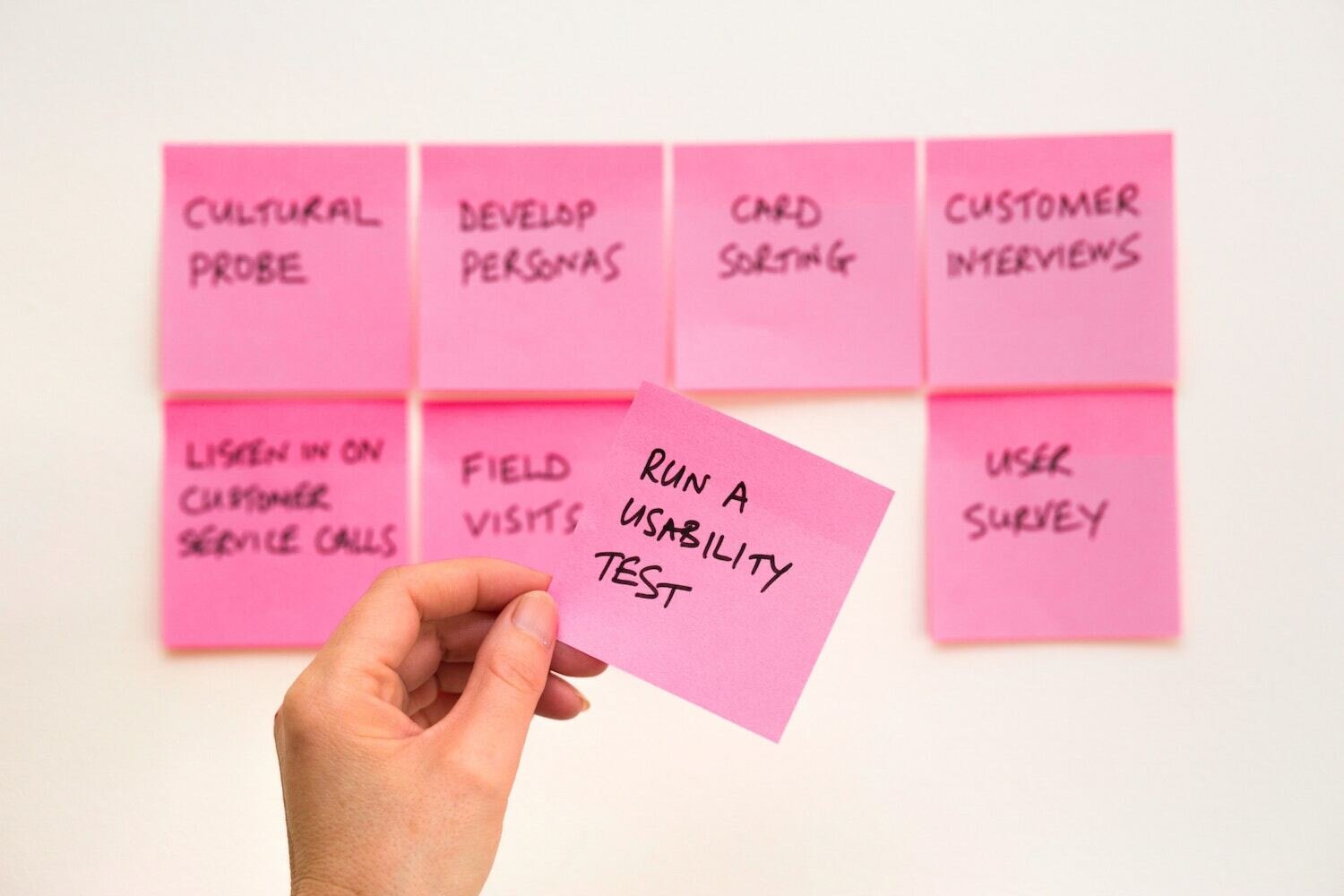blog
Watch Out for these Software Testing Trends
By Siddhant Chaudhary Software development December 2, 2019

Software testing can be defined as an activity to check if the definite results match the predictable results and to make sure that the software system is a bug or defect-free. It includes the implementation of a component or software system to measure one or more properties which are important.
Methods of Software Testing in the past
In the past software testing has been old fashioned, whether it was in terms of the tools used to perform different activities or the mindset of the people using those tools. There were only a handful of gears used for testing software, but now we have enough tools to select from, be it paid or exclusive or open-source software.
The most common way of testing in the past was to check the functionality of new applications after it is declared “complete” by the developers. A list of actions to perform is allotted to the testers, and they manually click through all the steps by following all the instructions and methodically document the result of each step, in case something goes amiss. They don’t have full knowledge of the business nor the application’s users, and they barely need to interact with the developers or stakeholders of these software’s. Their primary goal was to enter X and check that the outcome was Y always and not Z.
At the beginning of the testing era, all the testers were expected to know basic programming languages and understand the work ethics of various operating systems. Later, IT companies started taking or hiring customer-like users or super-users to find all the possible issues or bugs in the software. This was the time for standardized testing and there were more such trends introduced such as ISO or IEEE standards.
Automated Testing and It’s Future
Automation testing is a testing technique for software to test and compare the actual outcome with the expected outcome. To achieve this, you can either write test scripts or use any automation testing tool. Test automation is used to automate monotonous tasks and other testing tasks which may prove to be difficult when performed manually.
Examples of Automated Testing would be, Keyword testing, regression testing, black box testing and data-driven testing. With technologies like Artificial Intelligence, DevOps, QA as a Service and Robots, automated testing can achieve heaps and in no time. AI solves the problem of keeping track of code changes and testing without wasting a lot of time maintaining can be done by AI. With the help of dynamic locators, the AI extracts from the Document Object Model (DOM). The AI analyzes all the object trees and properties from the DOM and can create a list of different attributes for the element. DevOps helps software development and operations teams to easily collaborate and ensure constant automation and monitoring during the software development lifecycle (SDLC), which also includes infrastructure management.
There are now robots to conduct testing. The advancements in technology have already started influencing the way we are doing software testing. It caused companies to reconsider their administrative structure: The QA team is slowly moving towards being embedded with the development team so that the whole team can own quality. It also might be of importance for the research and development group to have recurrent communication with the development group to produce products that are smarter and more beneficial for their consumers.
Factors impacting software testing
Several factors affect software testing and its schedule and are discussed below:
- Planning: Several aspects need to be considered while planning a software testing plan. An estimate should be made about the human resources, time, cost and risks involved. There should be a clear understanding of the risks involved and the work which would lead to improvements in future productivity. Some software tests can be followed during the analysis stage of the requirements.
- Time management: Time management plays a crucial role in testing and planning because the time needed for quality testing varies on techniques, the approach of testing and skills of the development team. If software testing on several machines or devices is estimated for several hours, one cannot expect the best results. Normally quality software testing takes 15% of the total estimated time, nevertheless it depends on the number of devices being tested.
- Size and complexity: Complicated and large-scale projects have various features that need better and more skills along with enough time for testing. New functionalities must be covered by tests and the scope of work and technologies might change them during the project. Therefore, we need continuous software integration requirements with continuous testing. Testing techniques may also differ by project type, whether it is web, mobile or desktop. Every type has its descriptions and drawbacks to take care of. Users have a different way of interacting with mobile and web apps. For example, the screen size of mobile devices is significantly different.
- Skills: QA engineers must be skilled, collaborative and creative at the same time so that they can deal with them promptly. For Automation testing, the QA engineer must possess some basic knowledge of programming languages to be able to write auto tests.
- Trends: Technologies like Artificial Intelligence and IoT have changed testing techniques and it brings several benefits to software testing. There can be reusability tests initiated with easy CI/CD integration and low price for the QA services.
Latest technologies in software testing
- Agile and DevOps: Rules, processes, and practices help to develop operation activities to reduce the time for the development of new technologies. It helps develop and deliver faster and much better quality.
- API and Service Test Automation: The trend is that the need to integrate with API and services for automation tests will continue to increase, possibly outperforming the functionality used by the end-users on user interfaces.
- AI for testing: AI/ML algorithms may create better test cases, test data, and relevant reports. Predictive models would help to make decisions about when what, and where to test. Smart analytics and picturing maintain the teams to detect problems and understand test coverage with high-risk areas.
- Integration of tools: Software testing teams must integrate the tools used for all development phases and activities so that multi-source data can be collected and applied to AI/ML methods efficiently.
Conclusion
A lot of what is being done from a testing perspective is somewhat timeless. For example, the curiosity of nature of testing — inspect, trying to question, discover and collect information about whatever product is being tested — is timeless, but the principal technology is always new and contemporary.


